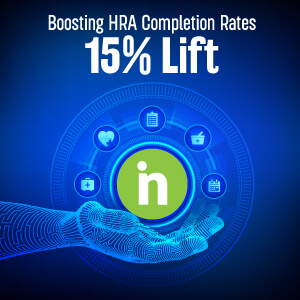How Payers Can Improve Member Satisfaction in 2023
By Carissa Stajnrajh, VP of Business Development
Medicare Advantage plans that were unhappy with their CAHPS performance last year might find 2023 to be an even bigger jolt.
 CMS’ greater emphasis on member experience when calculating payers’ Star ratings resulted in an industrywide drop in scores last year, following two years of eased grading during the Covid-19 pandemic. Consumer experience determine 57% of overall Star ratings this year.
CMS’ greater emphasis on member experience when calculating payers’ Star ratings resulted in an industrywide drop in scores last year, following two years of eased grading during the Covid-19 pandemic. Consumer experience determine 57% of overall Star ratings this year.
I recently sat on a panel at the RISE Star Ratings Master Class 2022 conference where the discussion centered on improving member experiences and Star ratings. With last year’s lowering of CAHPS cut points, we know that contracts performed worse last year on experience and satisfaction measures overall, despite having likely put extra effort towards this due to the CMS weighting changes.
Our inGAGE™ platform has information on 30 percent of Medicare Advantage members. According to our data, the greatest dissatisfaction with MA plans was with access to care, such as the ability to make appointments and make them quickly. From our data analysis, we’ve seen members who had challenges setting appointments were 130% more likely to leave the plan.
This reflects a larger shift in member mentality from being satisfied with just getting the bills paid to expect a personalized, retail-like experience. Members expect to be known and listened to and they want their plans to be proactive vs. reactive about their health and wellness. A recent survey showed that nearly 43.8% of healthcare consumers want to provide meaningful feedback within days of an experience with another 29.2% wanting to offer it within minutes. With over 70 percent of healthcare consumers interested in providing near-real-time feedback, plans have the opportunity to listen, learn, and deliver more personalized, consumer-centric care.
The next five years will see member experience become even more retail-like. According to Gartner’s Hype Cycle for U.S. Healthcare Payers, 2022, “Digitalization is now implanted in the healthcare industry with payers and providers actively investing in the deployment of digital transformation projects, solutions, and initiatives.”
In an increasingly competitive market, health plans that can create visibility and transparency, that understand social determinants of health (SDOH) barriers, that achieve interoperability, and that leverage analytics to improve member satisfaction and experience and increase satisfaction will have a competitive advantage.
We have seen links between member retention and satisfaction and the resolution of SDOH barriers, like loneliness, food and financial insecurity, and transportation barriers. When members’ transportation barriers are resolved they are 11% more likely to change from dissatisfied to satisfied. Helping members cope with their SDOH difficulties is crucial to their success. Plans need to evaluate their CAHPS scores results considering their members’ problems accessing care.
Looking ahead, plans need to better use their data to understand current member actions and barriers as predictors of future behavior. They should gather more real-time feedback to quickly understand a member’s experience and potential problems, then adjust to improve the experience and resolve problems before they turn into complaints and poor scores.

Carissa Stajnrajh
Insightin Health





